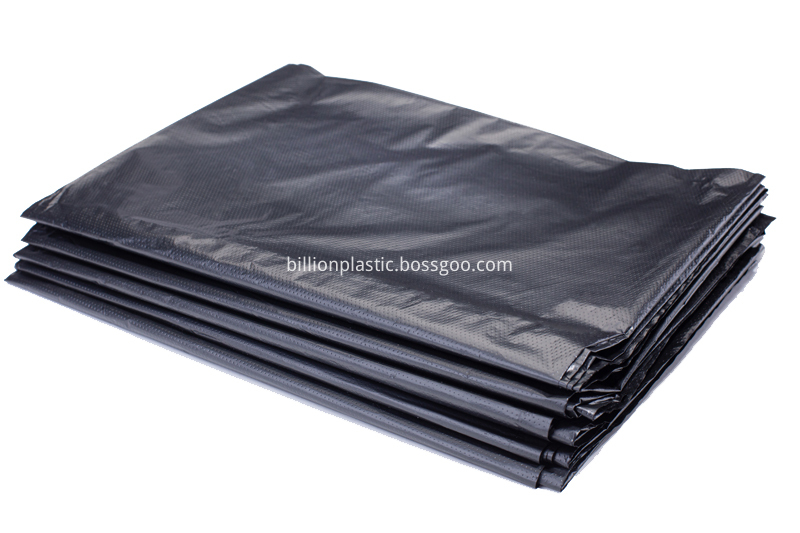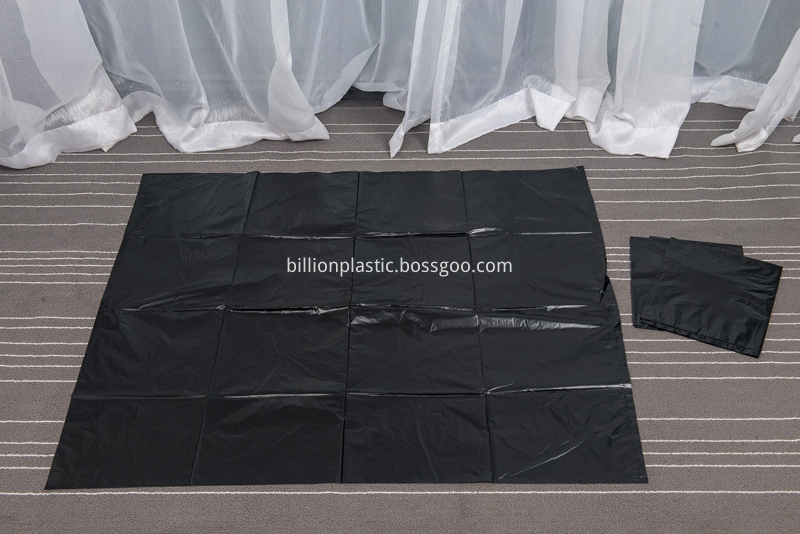
Cutting off the challenges
The cutting process looks very simple, but in fact, in the high production efficiency conditions of modern turning, the safe implementation of these processes will need to overcome many challenges. There are: burrs and flash formation, chip formation and chip removal, vibration trends, and inconsistent and premature tool wear. When the cutting process is performed in the workshop, the company pays close attention to issues such as production efficiency, process stability, trouble-free cutting, predictable tool life, and consistent part quality. These problems can be solved if the proper tools and applications are used.

Cutting process selection
1. The basic factors of cutting off
Cutting off should be a combination of three basic factors: blade overhang, tool width and feed. Blade overhang affects the width of the tool, thus affecting its maximum strength; the tool width affects the possible feed of the tool, while the feed determines the time required to complete the process. In addition, the feed rate also determines the shape of the insert - the sharp insert geometry is suitable for low feeds, while the solid insert geometry is suitable for high feeds. Of course, the feed rate is also related to the processing conditions. Processing conditions can be evaluated by the level of stability, material condition, and cutting type. Workpiece materials can also affect the machining conditions and the choice of blade numbers and cutting parameters.
2. Determine the cutting process
Determine the cutting process should first consider the batch size. The number of similar cuts can be inspired, and this will affect the versatility and specificity of tool selection. For applications where there are multiple or even one change in each part, general-purpose tools are often needed to perform different tasks. Second, special tools used in mass production should be as consistent as possible in terms of cost-effectiveness, safety, and quality. Finally, for medium-volume production applications, using the least amount of suitable tools for high productivity and safety is its most important feature.

1. Cutting system selection
According to the processing conditions, first select the appropriate tool holder type and tool system. These have a great relationship with the size of the workpiece, because the tool holder parameters are directly related to the required depth of cut. When cutting, most cutting depths are in the medium processing range of 6-28mm; deep cutting depth is 28-55mm; shallow cutting depth is 0.25-6mm.
When selecting the tool holder, comprehensive balance between versatility and stability is required to consider the relevant batch size and operation variations: On the one hand, because the tool overhang can be set to fit different diameters, it can be used with tools with adjustable blade A variety of workpiece diameters are machined; on the other hand, the holder with integral reinforcement blade is only suitable for a range of diameters but provides maximum strength. Between the two is a universal cutting tool, the use of screw-type or elastic clamping single-blade or double-blade blade, select the largest tool handle size, increase the stability of the tool, which can adapt to different depth of cut changes. Screw clamping means the highest blade/handle stability, while elastic clamping can use narrow tools to increase versatility and accessibility, thus cutting only a small amount of material and requiring less machine power.
2. Blade selection
The cutting edge is crucial in the cutting process. It will guide the tool during cutting and control the chips while determining the formation of flashes and burrs and efficiently cutting different materials. The decisive factor for tool stability is the relatively thin interface between the blade and the tool shank. In order to maintain stability, good track and V-shaped blade seat structures are required, and it is best to use them with relatively long blades. This structure is important for cutting tool performance.
The width of the blade varies depending on the cutting depth of the cutting tool. A thin blade can be used for a small depth of cut (workpiece diameter), while a wider blade is used for a large depth of cut to ensure strength.

When selecting insert geometries and grades for the process, the most appropriate combination of sharpness, strength, and width of the cutting edge should be established to ensure the highest possible feed rate for maximum productivity. The sharp edge and groove shape is easy to cut, the required machine power is small, and the vibration tendency is minimized. The stronger slot has a larger negative rake angle and the cutting edge is also reinforced, so it can withstand more demanding cutting and roughing operations and can achieve higher feed rates. Processing conditions and operational changes determine the direction of the selection, and there is usually a balance, especially when a certain degree of universal capability is required, the semi-finished groove shape is a good choice. By opting for different inserts, various optimization possibilities are possible - Wiper inserts are used to increase surface quality and feed; and enhanced blade fillets are used to obtain higher feedability and Safety and good cutting control through softer cutting action and burr minimization.
For blade brand selection, cutting edge strength should be the first priority, as strength ensures the safety of the cutting process. This means that priority should be given to toughness rather than to sharper and harder grooves and grades. Followed by operating factors and processing conditions to obtain the required surface quality and feed, and continue to improve the grade to make it more wear-resistant, resulting in higher feed and longer tool life.
Avoid burr formation and minimize flash
The burr formation is an inevitable phenomenon in the cutting process. The rake angle (leading angle) of the cutting edge largely determines the formation of burrs: the 0° leading angle generally produces the straightest cutting path and the best surface quality. , but will leave a burr at the end of the cut; the bevel edge can minimize or completely cut off the burr, but a cutting edge with a larger rake angle can negatively affect the straightness of the cut. Therefore, although the rake angle of 10° to 15° should be considered in terms of sharpness, a moderate angled blade (5°) is usually the best choice.
In limiting the formation of flash, the sharpness of the cutting edge plays an important role. Grinding the positive rake angle edge minimizes the flash edge, while a solid groove shape with a large rounded nose tip creates a flash edge. In this regard, additional passes after cutting with the same tool or finishing tool may be a solution to achieve optimal production efficiency.
Conclusion
Optimizing the fixture not only affects the results of the process, but also affects the degree of optimization. The basic principle is to minimize the tool overhang to obtain rigidity and ensure that the cutting edge is as close as possible to the centerline. When cutting the bar stock, the diameter of the cut workpiece will become smaller, and the cutting speed will be significantly reduced, thereby increasing the tendency of the build-up edge formation on the cutting edge, thereby adversely affecting the tool life. Increasing the spindle speed and reducing the amount of feed by a few millimeters before penetrating can compensate for this adverse effect.
For highly competitive cut-off applications, optimizing the feed is almost always a priority. The feed rate largely determines the level of production efficiency. Feeding also means that chip formation can be controlled by changing the feed during cutting, dwelling or ramming. It is also possible to increase the feed rate to reduce the vibration tendency while reducing the cutting speed. The feed rate should also be set for the correct tool pressure to ensure a straight tool path and reduce it before the end of the cut to avoid forced cutting, while ensuring its safety during intermittent cuts.
Suitable for kitchen, office, courtyard, lawn and also the dustbin.
The garbage bag has large capacity, reliable quality, can carry a large amount of garbage, environmental protection and durability.The bags could be packed individually for one piece or 10 piece , or just as the quantity you need.To Compare with garbage bags on roll, Garbage bags on sheet could save more space, and you do not need to tear off the bags before usage.


Bin Liners, Small Trash Bags, Kitchen Trash Bags, Clear Garbage Bags, Black Trash Bag, Refused Sack
BILLION PLASTIC MANUFACTURING CO.,LTD, JIANGMEN , https://www.jmflatbag.com